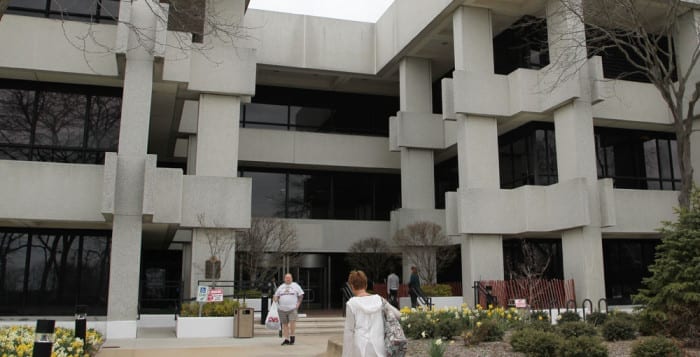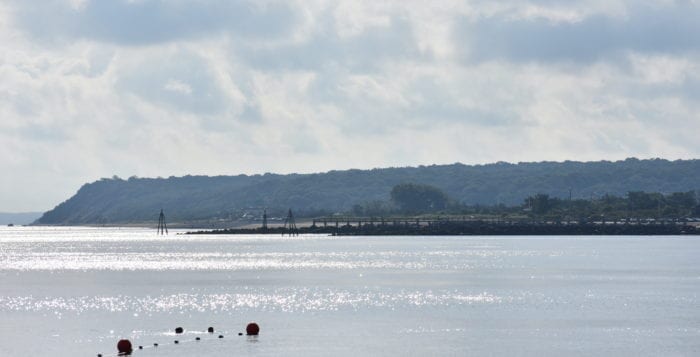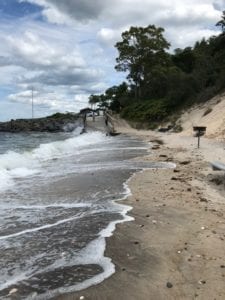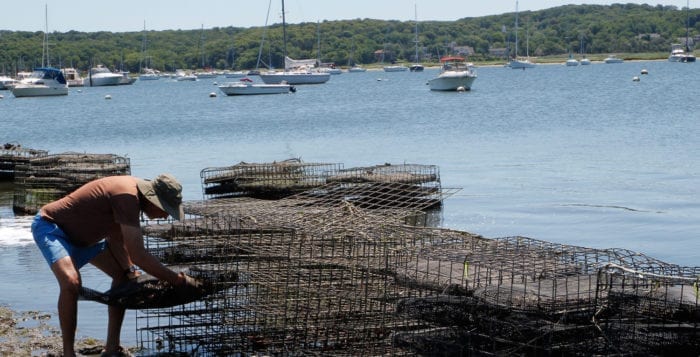Though Brookhaven Town has a structured financial path through 2021, much of it depends on where the pandemic goes in the opening months of next year. The town is also hoping for federal reimbursement of millions of dollars spent in both pandemic and storm response.
The town held a public online Zoom hearing for its $307 million budget Nov. 5. During the hearing Tamara Branson, commissioner of finance, said the biggest increases are in the form of a $2.34 million general fund property tax increase. This is being offset slightly by highway taxes, leading to an annual tax increase of a little under $9 for the average homeowner. It also remains under the 1.56% New York State tax levy cap. Refuse and garbage will remain at $1 a day for a single-family home at $365. There is also a 3% contract increase for ambulance districts as with the pandemic “we felt they needed a little extra money this year above and beyond the 1.56% property tax cap,” Branson said.
The new budget also has to assume the government will resume normal operations starting the second quarter of next year, though that remains subject to any future surges of COVID-19.
The town did not use any 2020 fund balance to fill in the gaps of the 2021 budget, as “we have a lot of risk to the fund balance already,” she said.
Matt Miner, chief of operations, said the town has focused on not using any fund balance to balance the budget, saying they want to “live within their means.”
“We do have fund balance should there be an unexpected emergency,” he said.
The town laid out the costs to deal with the pandemic, along with other natural disasters. The town anticipates a cost of $4 million to retain certain employees at full salary during the pandemic, namely those who were unable to work because of the mandated 50% workforce reduction. Another $1.5 million was used for contractual expenses related to the pandemic, which includes mitigation efforts to reduce the spread of the virus.
In terms of storm response, Brookhaven expects a cost of approximately $14 million to both prepare for Tropical Storm Isaias and remove debris from people’s homes on practically every residential street within the town. Another $15 million is approximated for tree stabilization after the storm had passed.
Branson said COVID contractual expenses are ineligible for Federal Emergency Management Agency aid. Miner later clarified there was still a question of what other expenses the town can expect to get reimbursed by FEMA.
There is another near-$30 million for other grant awards that the town has to advance, though those funds are expected to be reimbursed by the granting agencies.
In addition, the town is reducing its snow removal budget by $1.2 million, saying it has another $5.4 million left in the snow removal reserves for any major winter issues.
“Preservation of fund balance from a budgetary point of view was not an option, given these risks that we have to fund balance as we move into 2021,” she said.
Still, the 2021 budget does maintain constituent services through some reorganization. Department revenues are being reduced by $9 million compared to 2020, though some is offset by $5.5 million in spending reductions. The rest has to come from property tax increases.
Other revenues, including from the landfill and recreation fees, are down across the board.
Brookhaven is set to vote on its 2021 budget at its Nov. 19 meeting.









